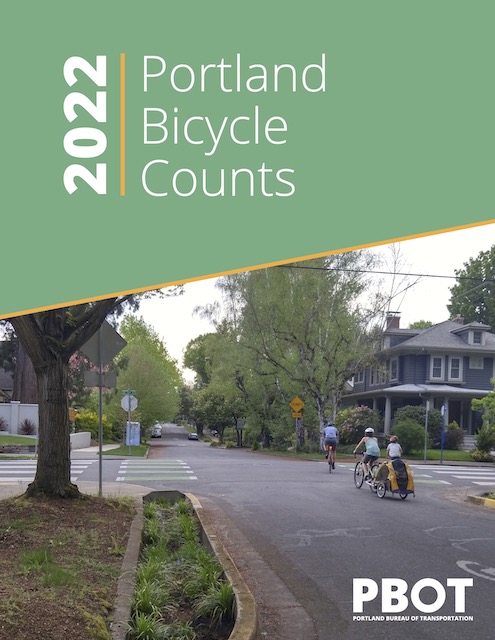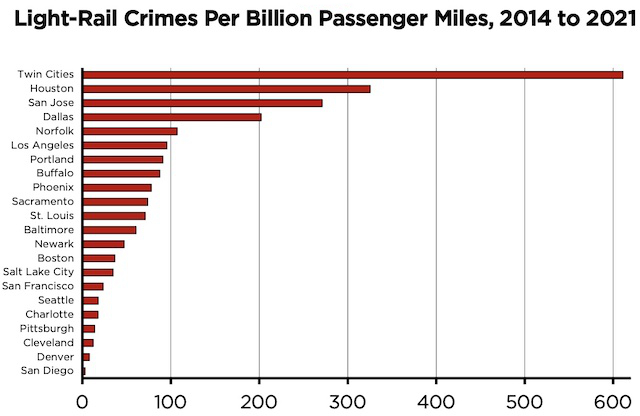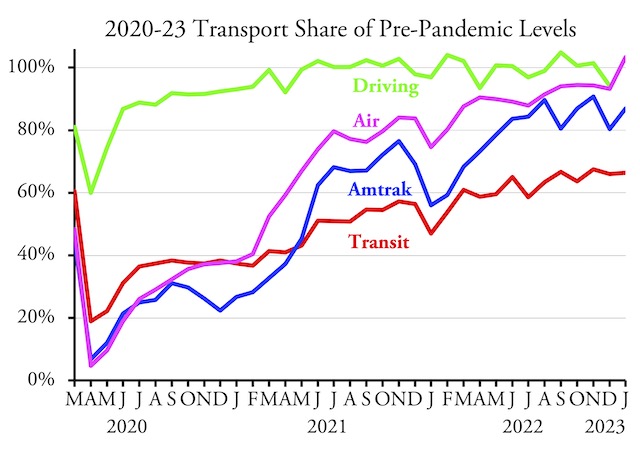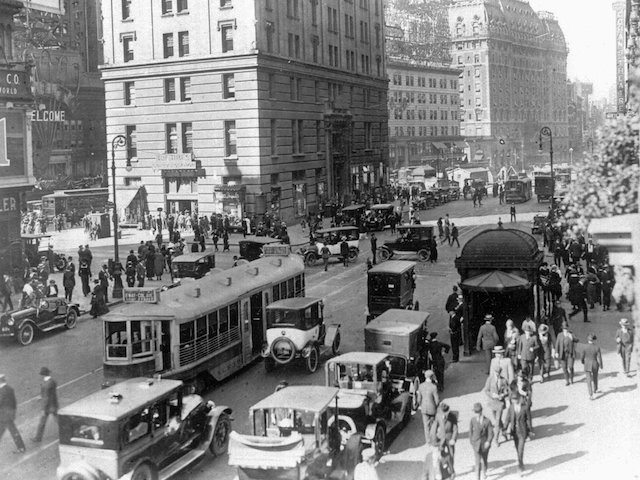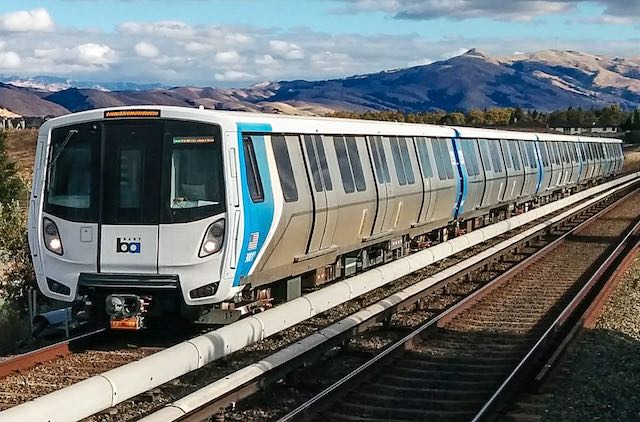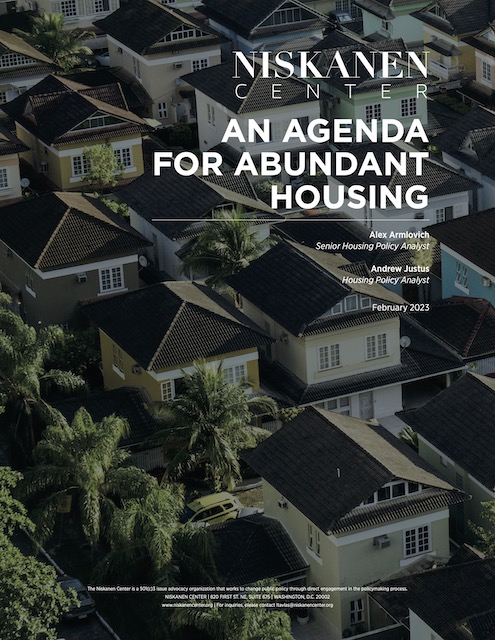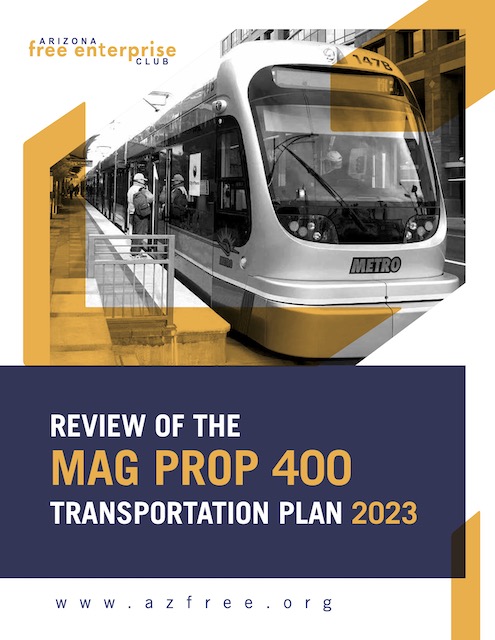Portland, Oregon has 385 miles of bikeways, 121 of which have been built since 2014. But these bikeways have failed to boost the number of bicycle riders in the city. In fact, a report from the city of Portland says that, in the wake of COVID, the number is declining rapidly.
According to the Census Bureau’s American Community Survey, the share of Portland employees riding bicycles to work peaked at 7.2 percent in 2014. By 2019, it had fallen to 5.2 percent. The pandemic led to a surge in bicycle sales, and the share grew to 5.4 percent in 2020 but then fell dramatically to a measly 2.8 percent in 2021. Continue reading

